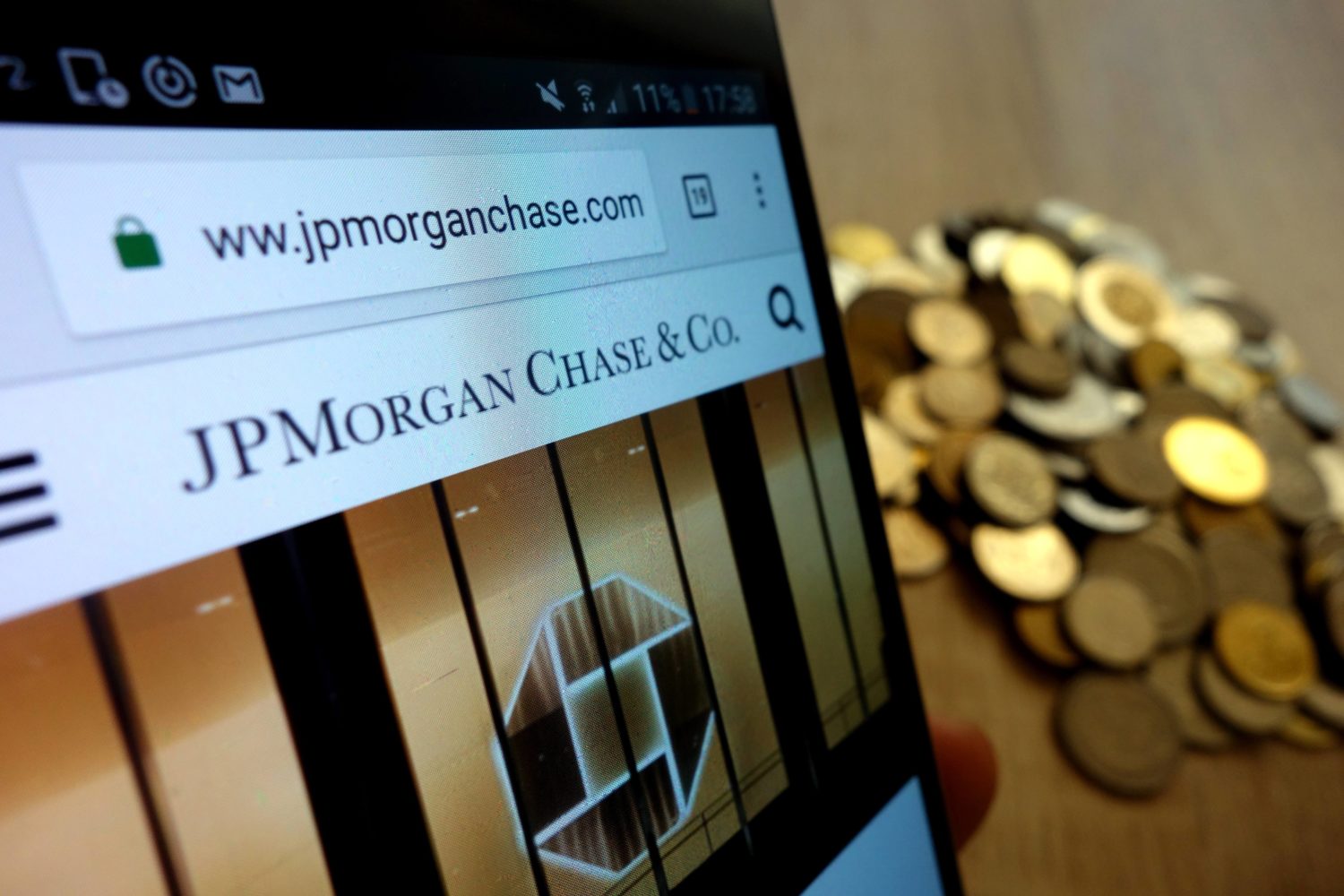Ruble or Rubble? Russian Institutions Have Concerns About Proposed CBDC
Ruble or Rubble? Russian Institutions Have Concerns About Proposed CBDC
Russia is seriously considering whether or not it should launch a central bank digital currency (CBDC).
The Bank of Russia has started a series of consultations dedicated to the potential launch of the digital ruble, a CBDC pegged to the Russian ruble. The central bank has not yet decided if it wants to actually launch the project, but it is gathering feedback from would-be participants and users of the new payment system.
The regulator engaged representatives of several banks and other financial institutions via a Zoom conference on Monday. The overall tone of the conversation was cheerful, with many participants saying they are looking forward to piloting the digital ruble. However, several people hinted they are concerned about certain features of the project.
Sberbank’s alternative
Sberbank (recently re-branded as Sber) is the country’s largest retail bank and an active explorer of blockchain tech. Sber Chair German Gref announced Monday the company is looking into launching its own digital token, as well as a platform for trading digital assets.
The Bank of Russia, however, will not allow any other token to become a payment instrument in the Russian economy – just as no cryptocurrencies can be used for payments in Russia under a new law coming into force in January.
“We will prevent issuance of any new payment tools. If there is a need of a crypto asset for the functionality [of a financial platform], the crypto ruble will be that asset,” said Sergey Shvetsov, deputy chair of the Bank of Russia, during the Zoom conference.
Sberbank Deputy Chairman Anatoly Popov voiced concerns about launching the digital ruble as a totally centralized system, where the Bank of Russia would manage users accounts. In this case, retail banks in Russia would have to compete with the regulator for customers.
“That would juxtapose banks and the Bank of Russia, and instead of the further development we’ll have a competition,” Popov said. “It would be a centralized system. This is the concern.”
Shvetsov agreed there indeed would be competition because the digital ruble would be a third form of money in Russia, not a replacement for cash or electronic payments.
“Payments with the digital ruble will be competing with electronic payments, and both will be developing in parallel,” Shvetsov said. He added that retail banks will still have some advantage in this race as they can offer interest on deposits, while the digital ruble will not have such features.
Searching for the model
To be sure, the exact design of the digital ruble has not been determined, and the Bank of Russia’s report offers several models for discussion, each with different approaches to centralization and the role of retail banks.
In one possible scenario, banks will open accounts for their clients using the Bank of Russia’s platform, said Deputy Chairwoman Olga Skorobogatova.
“This will alow you to keep the existing client base and will also stimulate competition. We’re going to do a hybrid model,” she said.
In any case, the regulator apparently favors the model in which it will be managing the digital ruble accounts in a centralized way. Sber, on the contrary, suggested the banks should work as intermediaries, converting their clients’ balances into the digital ruble.
Shvetsov showed a presentation outlining Sber’s concept of how the digital ruble should work. One of the key features he mentioned was the ability to “color” digital rubles according to permitted spending options. For example, if parents give their child money for lunch at school, the child wouldn’t be able to cash them out or spend the funds on cigarettes.
The Bank of Russia disagreed with that, too. Although the regulator’s concept includes the “coloring” feature, making digital rubles less liquid is not something the regulator would support. It’s not seeking to limit users’ ability to cash out the digital rubles or convert them it into balances on bank accounts, Shvetsov said.
“The kid would buy the cigarettes anyway. We both know it, right?” he joked.
The cost of innovation
Another concern mentioned in the conversation was the potential financial burden for Russia’s financial institutions.
Roman Goryunov, the president of RTS (the association of Russian stock market operators), said that if market participants had to foot the bill for integrating the digital ruble into the economy, “it would be not a very good story.”
In the meantime, the financial incentive overall is not very clear, Goryunov said: “If we are applying all the existing regulations [to the digital ruble payments], it’s not clear why the transactions will become cheaper. We need either to change the regulation and eliminate some of the requirements, or we’ll have to artificially cut the commission fees, just to show that [the new system] is cheaper.”
Shvetsov indicated that these intermediary fees are not a part of the plan.
“The users will access their [digital ruble] accounts via the intermediaries, which will be competing for it,” he said, adding that the banks, obviously will try to keep their clients “by all means.”
The Bank of Russia’s approach will potentially cause many banks to shut down, warned Vladislav Kochetkov, head of the investment firm FINAM. Competition with the central bank will put the retail banks at disadvantage, as people would see a central bank option as a less risky way to store their money, he said, adding:
“It’s important that the innovation does not have too big of a cost for the entire market.”
The Bank of Russia talked to some of the banks and payment processors on Nov. 27, and, according to the Russian newspaper Kommersant, that was a second meeting on the issue. The regulator will accumulate feedback on its digital ruble report until Dec. 31, and then decide if it should be launched. If given a green light, the first pilot might take place at the end of next year.








